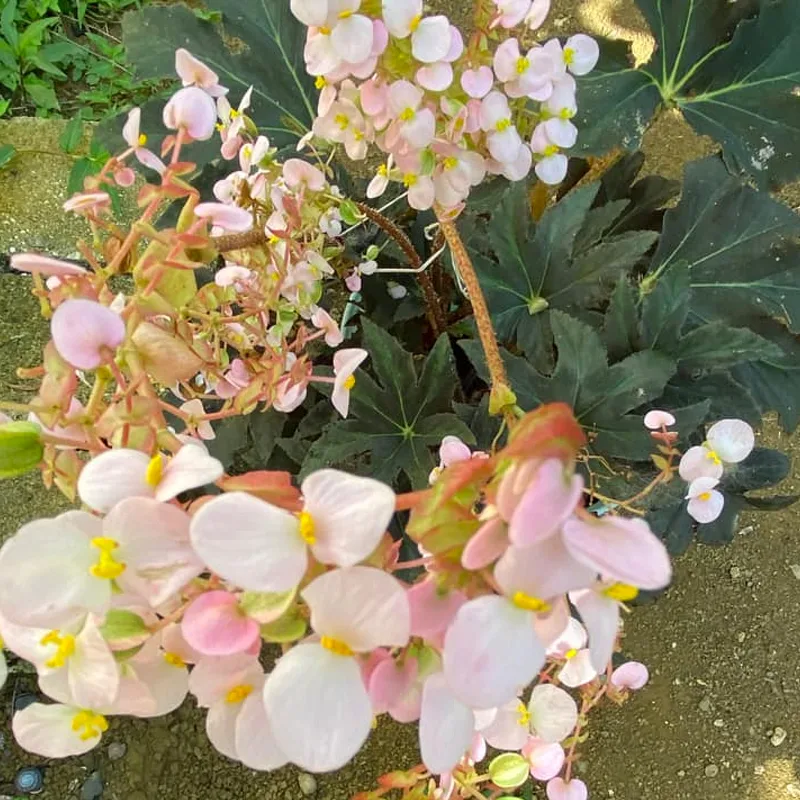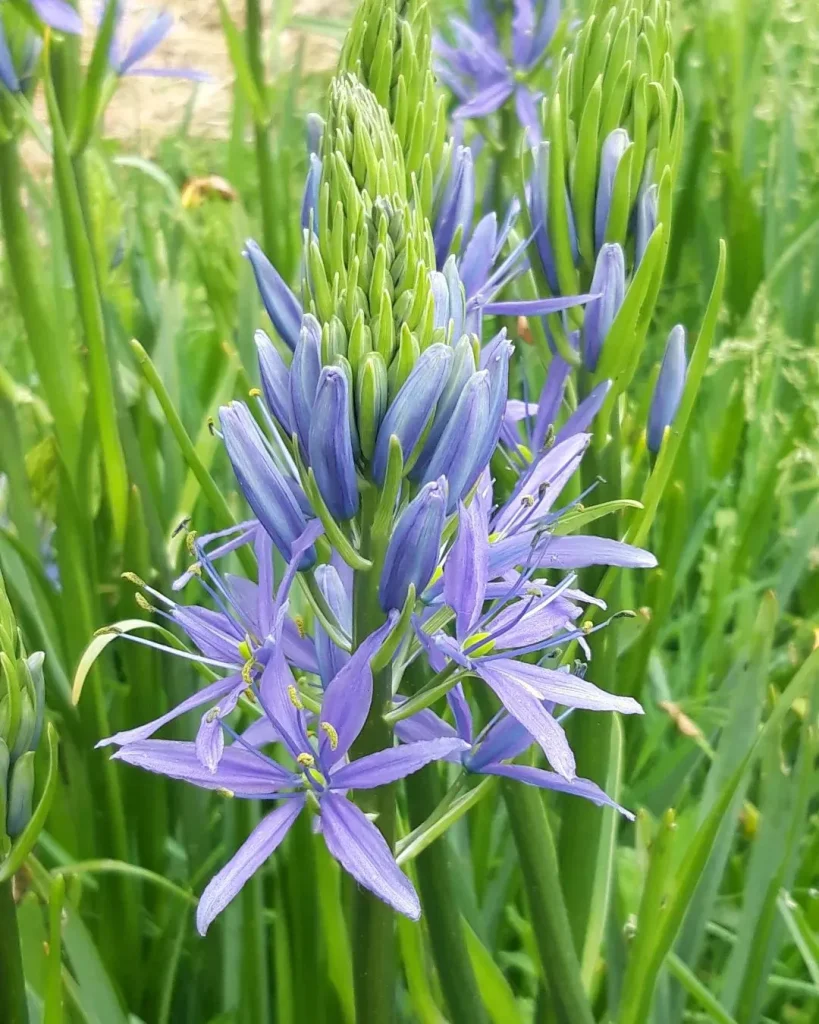Milicia: A Deep Dive with Ferb Vu
The world of botany is filled with fascinating genera, each with its own unique characteristics and stories. Today, I, Ferb Vu, want to delve into the captivating world of the Milicia genus. This genus, belonging to the Moraceae family, is renowned for its valuable timber and ecological significance. Join me as we explore the defining traits, species, and importance of these remarkable trees.
Defining Characteristics of the Milicia Genus
Milicia trees are dioecious, meaning they have separate male and female trees. They are characterized by their large, deciduous leaves with prominent veins, and their small, inconspicuous flowers borne in spikes. Perhaps the most distinguishing feature of Milicia is their fruit, a fleshy, syncarpous fruit containing numerous small seeds. These trees are also known for their milky or watery latex, a common characteristic of the Moraceae family.
Species within the Milicia Genus
While the Milicia genus was once thought to contain numerous species, recent taxonomic studies have narrowed it down to just two:
- Milicia excelsa: This species, commonly known as African teak or Iroko, is widespread across the tropical regions of Africa. It is a large tree, often reaching heights of 50 meters, with a dense crown and a buttressed trunk. The wood of Milicia excelsa is highly valued for its durability, strength, and resistance to termites, making it a popular choice for construction, furniture, and boat building.
- Milicia regia: Also known as Iroko or Odum, this species is native to West Africa and is similar in appearance to Milicia excelsa. However, it can be distinguished by its slightly smaller leaves and fruits. Milicia regia is also a valuable timber species, used for similar purposes as Milicia excelsa.
The Importance of Milicia
Milicia trees play a vital role in their ecosystems. Their large canopies provide shade and habitat for a variety of animals, while their fruits serve as a food source for birds and mammals. The trees also contribute to soil fertility through leaf litter and nitrogen fixation.
Beyond their ecological importance, Milicia trees have significant economic value. The timber they produce is in high demand globally, contributing to the livelihoods of many communities in Africa. The wood is used in a wide range of applications, including:
- Construction: Due to its strength and durability, Milicia wood is ideal for building houses, bridges, and other structures.
- Furniture: The attractive grain and color of Milicia wood make it a popular choice for furniture making.
- Boatbuilding: The wood’s resistance to rot and decay makes it suitable for constructing boats and canoes.
- Carving: Milicia wood is also used for carving masks, statues, and other decorative items.
Conservation Concerns
Despite their importance, Milicia trees are facing increasing threats. Deforestation due to agriculture, logging, and urbanization is leading to habitat loss and fragmentation. Overexploitation of the timber is also a major concern, as is the impact of climate change.
Efforts are underway to conserve Milicia trees and their habitats. These include sustainable logging practices, reforestation programs, and the establishment of protected areas. Research is also being conducted to better understand the biology and ecology of Milicia trees, which will inform conservation strategies.
Conclusion
The Milicia genus, with its two remarkable species, holds immense ecological and economic importance. These trees provide valuable timber, support biodiversity, and contribute to the livelihoods of many people. However, they are facing growing threats that require urgent action. By understanding the significance of Milicia and supporting conservation efforts, we can help ensure the survival of these magnificent trees for generations to come.
If i die, water my plants!



